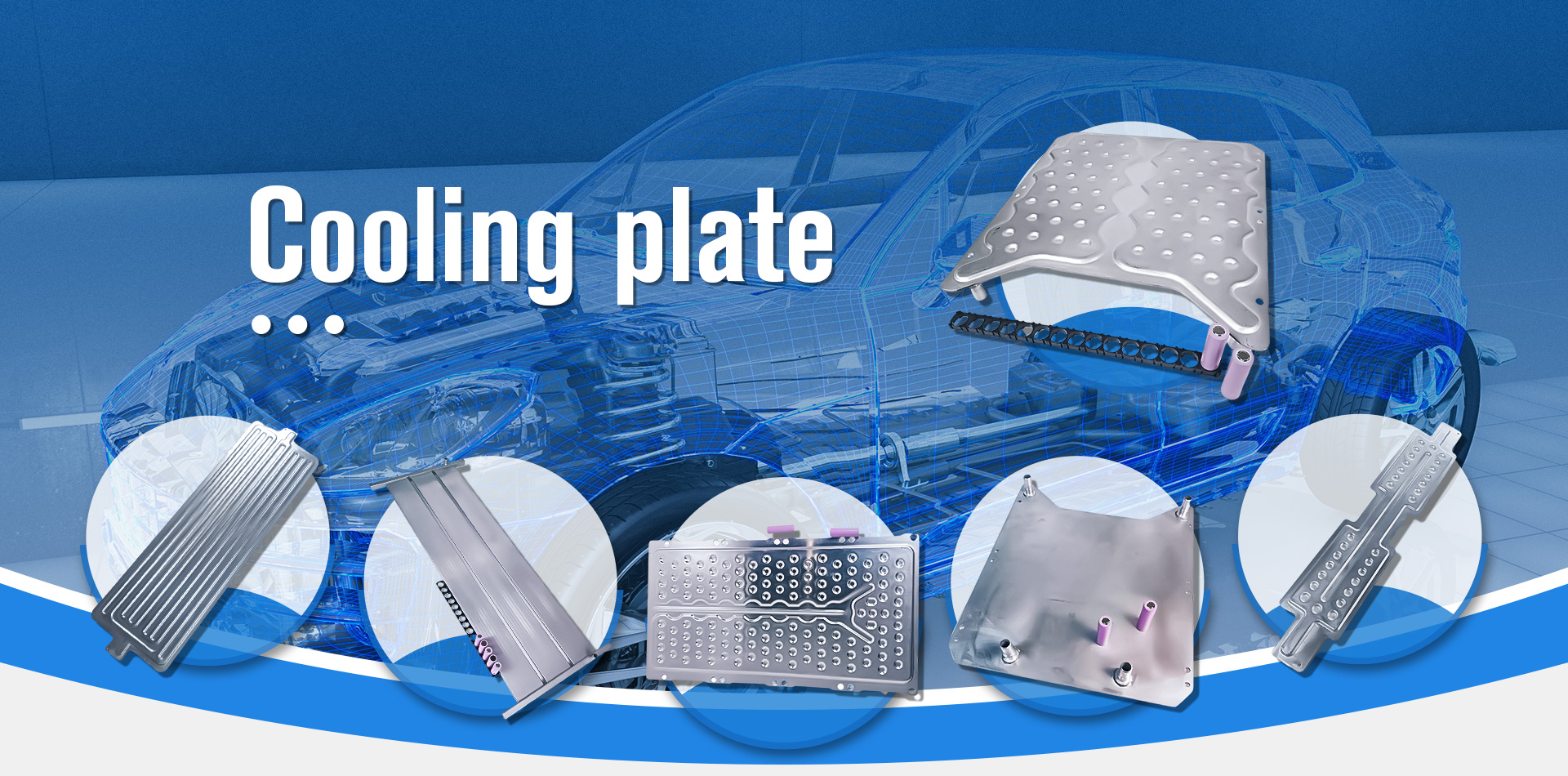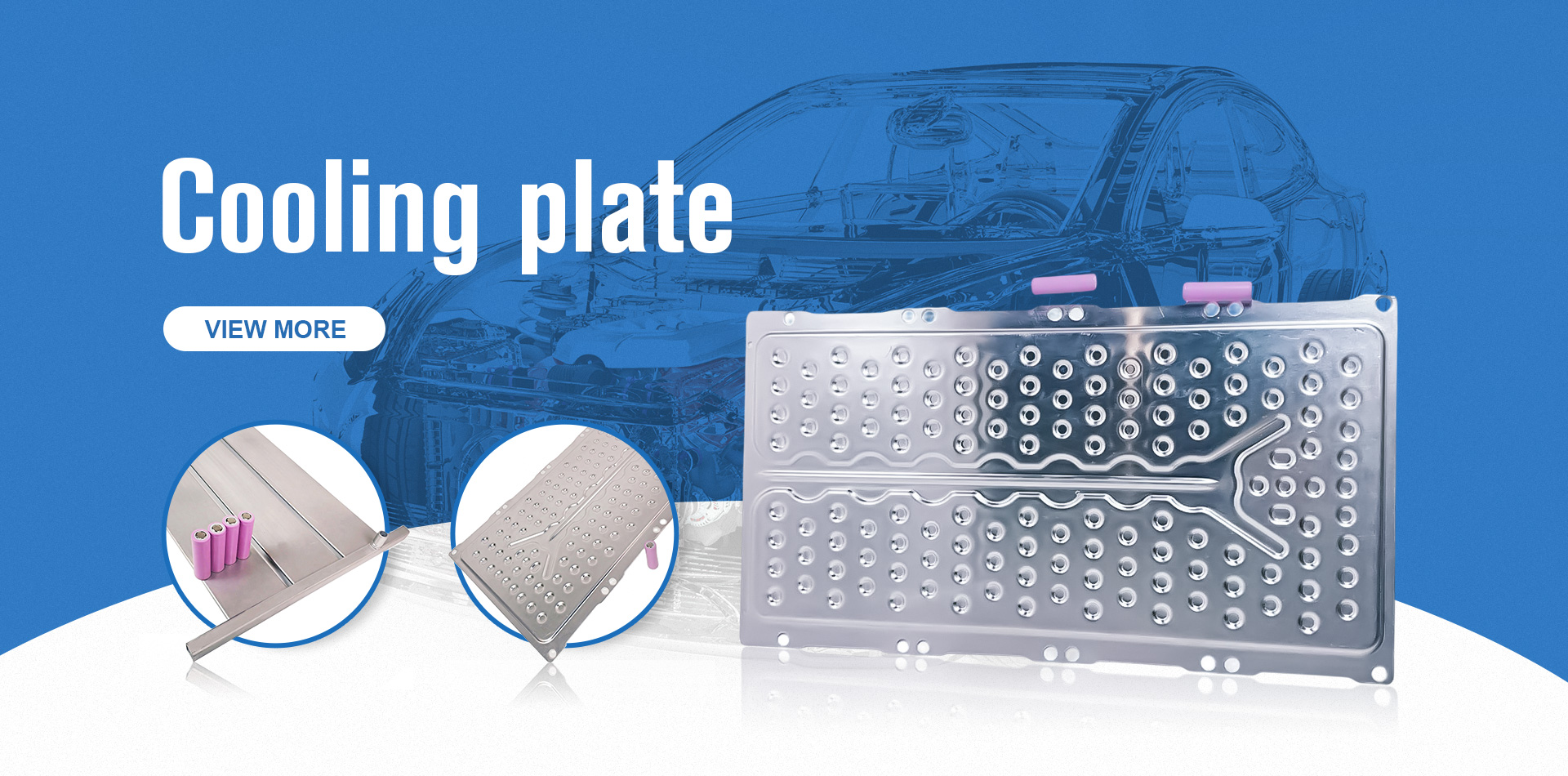Comparing the cooling effect of battery temperature in both air-cooled and liquid-cooled flow paths and drawing conclusions
Editor's note
The main design scheme of the whole vehicle high-voltage harness relates to harness design, wire diameter design, high-voltage connector selection, charging port type and application, shielding design, high-voltage harness fixed buckle selection, high-voltage trunking design, high-voltage interlocking HVIL Design, GROMMET design, etc.
Lithium-ion battery pack thermal management requirements are based on the heating mechanism of lithium-ion batteries, rational design of battery pack structure, selection of appropriate thermal management methods, rational design of thermal management strategies, to ensure that each cell in the battery pack works within a reasonable temperature range At the same time, try to maintain the temperature uniformity between the various batteries and battery modules in the package.

The Battery Thermal Management System (BTMS) has a crucial impact on the dynamics of pure electric vehicles in various environments. Through research and analysis of the principle of heat generation of lithium ion battery, BTMS heat transfer cooling method, and comparison of air cooling heat dissipation and liquid cooling heat dissipation scheme, the liquid cooling effect is better than air cooling, and liquid cooling heat dissipation will be suitable for complex working conditions in the future. An important research direction of thermal management of power lithium-ion power batteries.
As a power source of pure electric vehicles, power storage batteries are a key link to improve vehicle performance and reduce costs. The temperature characteristics directly affect the performance, life and durability of electric vehicles. Lithium-ion batteries are the preferred power battery for electric vehicles because of their large specific energy, long cycle life, low self-discharge rate, wide allowable operating temperature range, and good low temperature effect.
Lithium-ion battery pack thermal management requirements are based on the lithium-ion battery heating mechanism, reasonable design of the battery pack structure, the selection of appropriate thermal management methods, rational design of thermal management strategies to ensure that each cell in the battery pack works within a reasonable temperature range At the same time, try to maintain the temperature uniformity between each battery and battery module in the package. Since the cells in the battery pack are connected in series, the performance degradation of any one battery will affect the overall performance of the battery pack. When the temperature difference is 5 °C, 10 °C, and 15 °C, the state of charge of the battery pack decreases by 10%, 15%, and 20% under the same charging conditions.
Lithium-ion battery thermal characteristics
During the charging and discharging process, a series of chemical reactions occur in the battery to generate a thermal reaction. The main heat-generating reactions of lithium ion power batteries include: decomposition of electrolyte, decomposition of positive electrode, reaction of negative electrode with electrolyte, reaction of negative electrode with binder, and decomposition of interface membrane of solid electrolyte. In addition, due to the internal resistance of the battery, when the current passes, part of the heat is generated. Lithium-ion batteries are mainly based on Joule heat generated by electric resistance at low temperatures, and these exothermic reactions are factors that cause the battery to be unsafe. The thermal safety of the electrolyte also directly affects the safety performance of the battery power system of the entire lithium battery.
In the actual operating environment, the power system requires lithium-ion batteries to have large capacity and large rate discharge, but the high temperature generated at the same time increases the operational risk. Therefore, it is important to reduce the operating temperature of lithium-ion batteries and improve battery performance.
BTMS heat transfer cooling method
BTMS is divided into passive cooling and active cooling according to the source of energy supply. The cooling method using only the surrounding environment is passive cooling, which is assembled inside the system, can provide heat source at low temperature or provide cold source under high temperature conditions. Active means including evaporators, heating cores, electric heaters or fuel heaters are actively cooled. According to the mass transfer, it can be divided into air forced convection, liquid cooling, phase change material (PCM, Phase Change Material), air conditioning refrigeration, heat pipe cooling, thermoelectric cooling and cold plate cooling. Different cooling methods are selected according to different application requirements such as discharge current magnification and ambient temperature.

Air forced convection
Air as a heat transfer medium directly passes air through the module for cooling and heating purposes. It is obvious that the air naturally cools the battery is ineffective. Forced air cooling is to remove the heat of the battery through the exhaust fan by the wind generated by the movement. It is necessary to increase the heat sink, the heat sink and the distance between the batteries as much as possible, but the cost is low, but the battery is low. The package, mounting location and heat dissipation area require a major design. Series and parallel channels can be used (as shown in Figure 1).
The simulation results show that the heat dissipation characteristics of the battery are obtained: under natural cooling, thermal radiation accounts for 43%~63% of the total heat dissipation. Enhanced heat transfer is an effective measure to reduce the maximum temperature, but the range of expanding heat transfer is not infinitely improved. Temperature consistency.
The main advantages of the air-cooling method are: simple structure, relatively small weight, and low effective ventilation when no harmful gas is leaked. The disadvantage is that the heat transfer coefficient between the battery and the battery wall surface is low, and the cooling and heating speed are slow.
In the series-parallel air duct, six heat-generating batteries are placed, assuming a uniform battery density (2700 kg/m3) and the same heat generation rate (50000 w/m3). The air flows in at a speed of 5 m/s, the inlet temperature is 25 ° C (298 K), the outlet is free to open, and the battery model uses a structural grid of 250,000.
The battery temperature table obtained by simulation analysis is shown in Table 1. The overall temperature difference of the series flow channel is 5.6 °C, and the overall temperature difference of the parallel flow channel is 3.0 °C; the middle cell of the series flow channel has more heat accumulation, the overall temperature is higher, and the consistency is poor; the overall temperature of the parallel flow channel is lower, consistency Preferably, however, since the inlet duct is horizontally at right angles, the temperature near the inlet battery is high. If the tuyere is tilted up to a certain angle, the heat dissipation effect will be better. Therefore, changing the air duct design has a greater impact on the heat dissipation of the battery.
Liquid cooling
Under normal working conditions, air medium cooling can meet the requirements, but under complex conditions, liquid cooling can meet the heat dissipation requirements of the power battery. The heat generated by the battery pack is sent out by heat exchange between the liquid and the outside air, the pipeline is arranged between the modules or the jacket is arranged around the module, or the module is immersed in the liquid of the dielectric.
If a heat transfer tube, a jacket or the like is used between the liquid and the module, the heat transfer medium may be water, ethylene glycol, oil or even a refrigerant. If the battery module is immersed in the dielectric heat transfer liquid, insulation measures must be taken to prevent short circuits. The rate of heat transfer between the heat transfer medium and the wall of the battery module is primarily dependent on the thermal conductivity, viscosity, density, and flow rate of the liquid. At the same flow rate, the heat transfer rate of air is much lower than that of direct contact fluids because of the thin liquid boundary layer and high thermal conductivity.
The main advantages of the liquid cooling method are: high heat exchange coefficient with the wall surface of the battery, fast cooling and heating, and small volume. The main shortcomings are: the possibility of liquid leakage; relatively heavy weight; complex maintenance and maintenance; the need for water jackets, heat exchangers and other components, the structure is relatively complex.
The experimental results show that the heat transfer effect of the air medium is not very obvious compared to the liquid cooling/heating, but the system is not too complicated. For parallel hybrids, air cooling is satisfactory, while pure electric vehicles and tandem hybrids have better liquid cooling (see Figure 2).
The battery temperature table (shown in Table 1) was obtained through simulation analysis. The liquid cooling temperature was consistent with different flow channel design. Although the overall temperature of the parallel flow path is lower than the series flow path, the temperature differs by only 0.4 °C. However, from the practical and design point of view, the structure of the series flow channel is simple and more suitable for product design.

Manufacturers are currently reluctant to choose liquid cooling because poor sealing can cause liquid leakage, so seal design is extremely important.
in conclusion
Based on the finite element simulation software, this paper compares the cooling effect of battery temperature under different flow paths of air cooling and liquid cooling. Through the above research, it is shown that: (1) air cooling has different influence on the temperature uniformity of the battery under different flow channels, but the heat dissipation effect of the parallel flow channel is better than the series flow channel; (2) liquid cooling is in the string, Under the flow channel, the consistency of the battery temperature is less affected, and the overall heat dissipation effect is much better than the air cooling mode.
As the capacity of battery modules increases, the requirements for battery performance in harsh environments are becoming more and more demanding, and efficient battery thermal management systems are important. Forced cooling of air can only be used in small power and good working conditions due to poor cooling capacity; and the overall cooling effect of liquid cooling is more suitable for use in large power or complex conditions. Therefore, liquid cooling is an important research and development direction of battery thermal management in the future.
Auteur:
Ms. Tracy
Phone/WhatsApp:
+86 13584862808
E-mail naar dit bedrijf
Auteur:
Ms. Tracy
Phone/WhatsApp:
+86 13584862808













